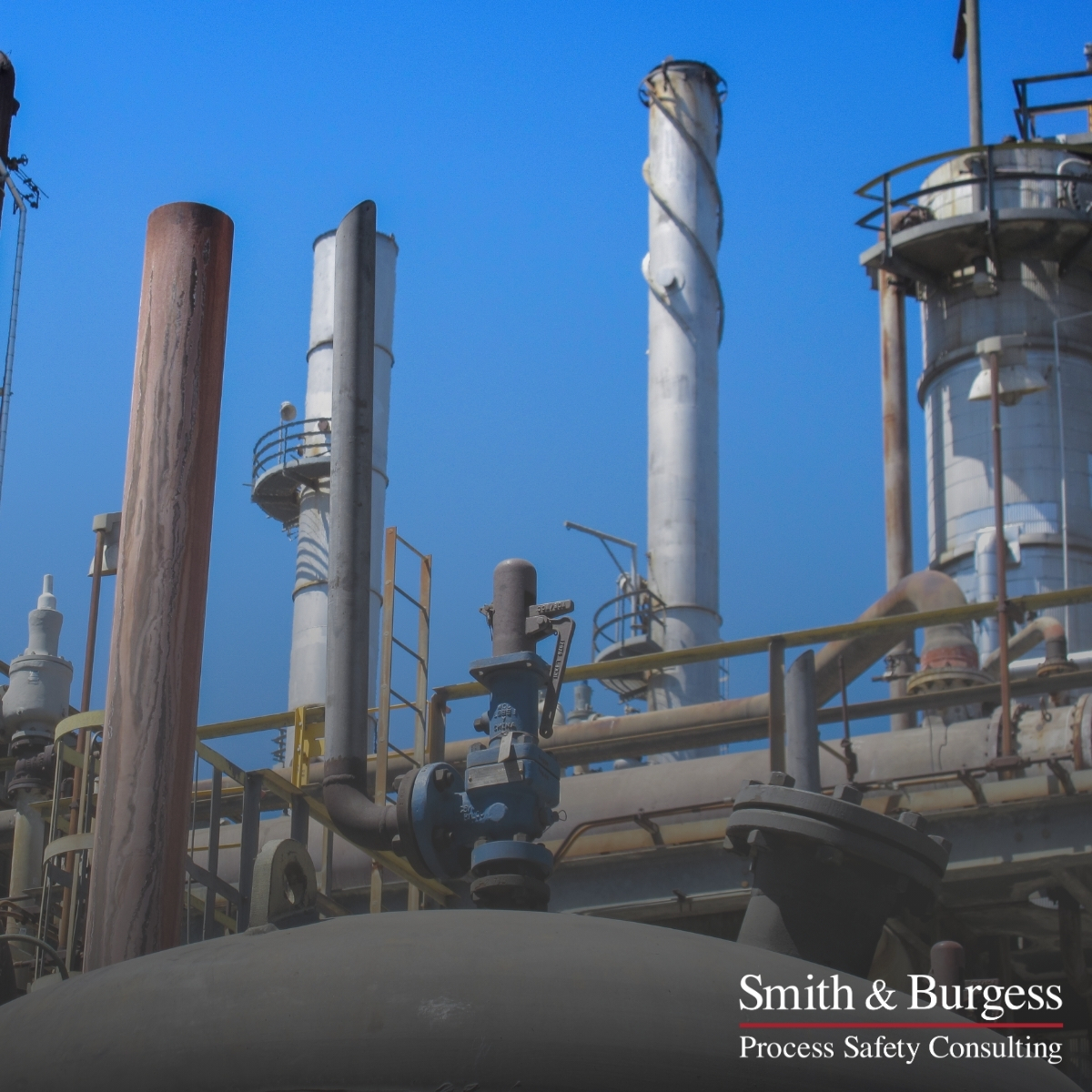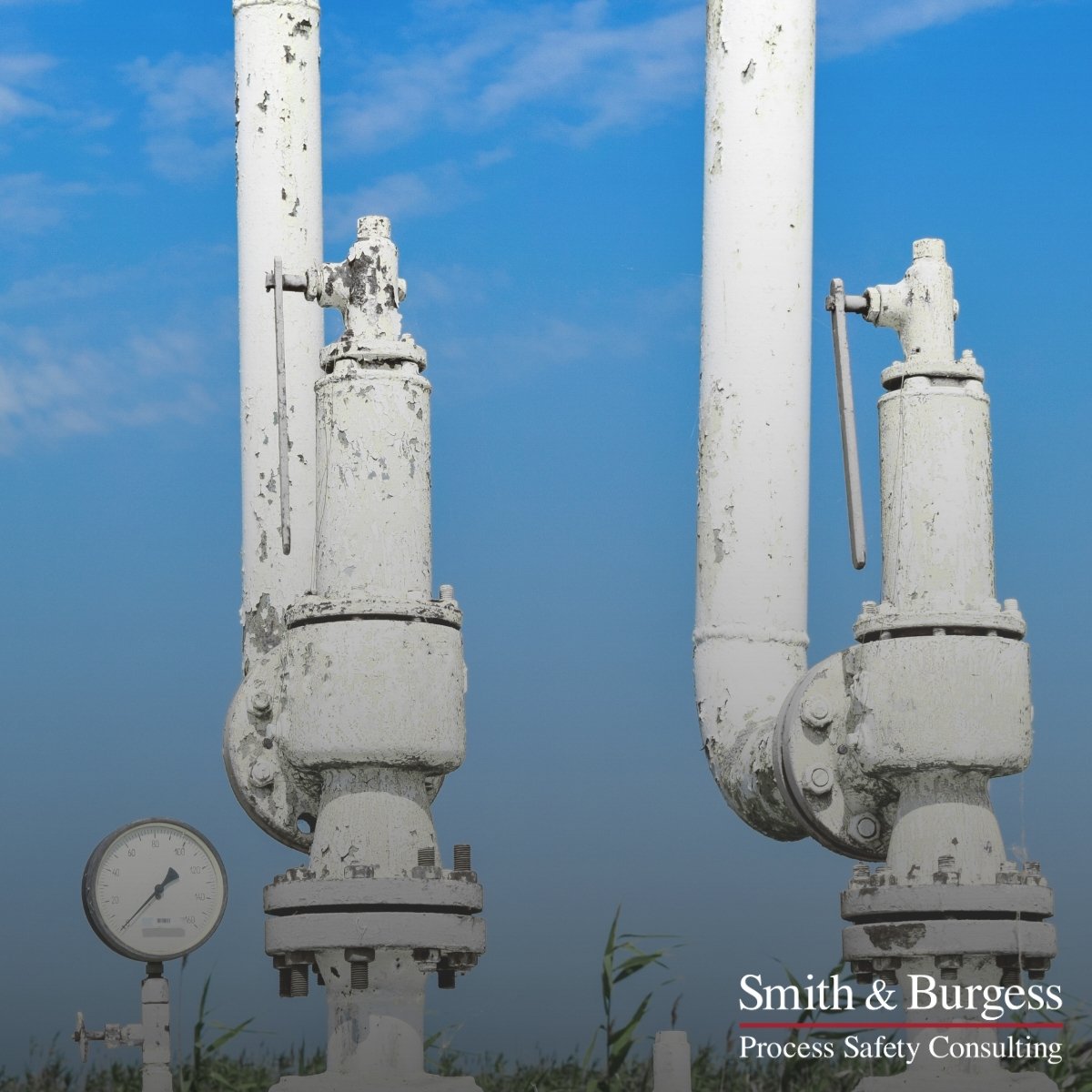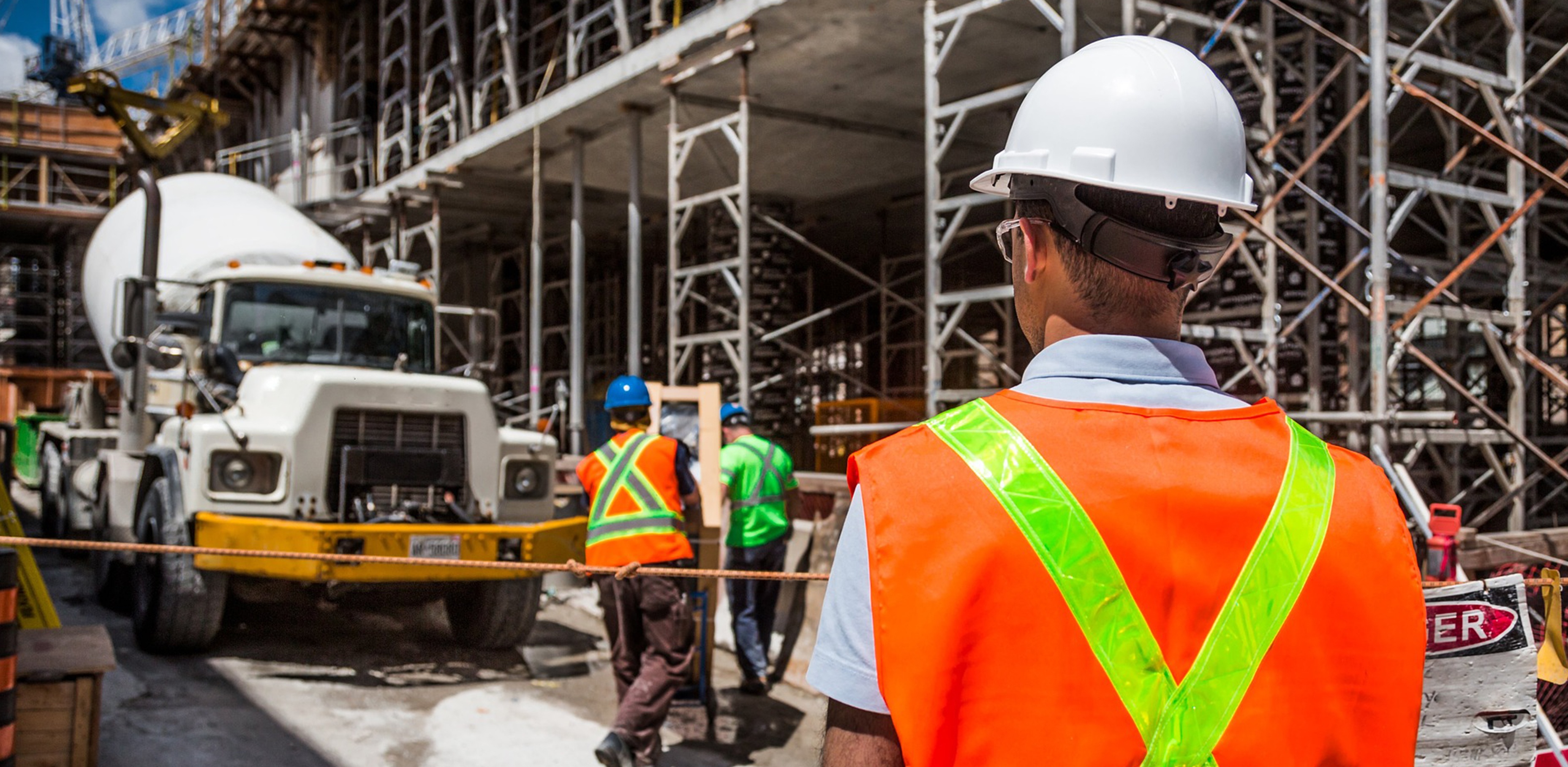Did you know, the allowable total backpressure for a conventional valve can be larger than 10% of the set pressure? According to API 520-1 §5.3.3.1.3:
Many people think a relief valve on a pipe should never see more than 10% backpressure for spring-loaded relief devices. In reality, that’s a guideline for normal cases, not a hard law of physics. That 10% is not a one-size-fits-all limit—it depends on how much extra pressure (overpressure) the valve can handle during an emergency or extreme case.
According to API 520-1 §5.3.3.1.3, “in a conventional PRV application, when the allowable overpressure is 10%, the built-up backpressure should not exceed 10% of the set pressure. A higher maximum allowable built-up backpressure may be used for allowable overpressures greater than 10%, provided the built-up backpressure does not exceed the allowable overpressure.”
So, what does this mean, and when is it applicable? In this blog, we’ll go over a few examples and explain the answers to these questions in simple terms.
Read More
Topics:
Did You Know?,
Relief Systems,
API 521,
Process Safety,
Outlet Loss,
PSV Design,
Atmosphere Venting,
Backpressure Analysis
Did you know to exclude the exit pipe fitting in your PSV outlet pressure drop calculations if your PSV discharges to atmosphere?
If you have performed an outlet pressure drop calculation for a PSV relieving to the atmosphere, you may have noticed that often a significant portion of the pressure drop is contributed by the exit pipe fitting. This is because the equivalent resistance of the fitting is high relative to a typical length of pipe. However, did you know that current industry guidelines recommend excluding the exit pipe fitting in your PSV outlet pressure drop calculations if your PSV discharges to the atmosphere?
This is because, according to research and fluid dynamic principles such as Bernoulli’s equation, there is no appreciable resistance once the flow exits to free air. Removing the exit fitting from backpressure calculations may lead to more accurate and slightly lower predicted backpressure on the valve, which aligns with current best practices within the industry.
Read More
Topics:
Did You Know?,
Relief Systems,
API 521,
Process Safety,
Outlet Loss,
PSV Design,
Atmosphere Venting,
Backpressure Analysis
Did you know that liquid trim valves can be certified for vapor?
There is often confusion around the required trim and certification when selecting a new safety-relief valve. For example, when there are both vapor relief scenarios and liquid relief scenarios, is a dual-certified PRV required? What about when the service is liquid but the controlling scenario is vapor? In the past, we have recommended “dual-certified” PRVs when there are both liquid and vapor relief scenarios, but these valves can be difficult to obtain or could have long lead times. When might there be alternatives? In this discussion we will look at what liquid trim means and when different trims may be suitable for different relief possibilities.
Read More
Topics:
Did You Know?,
Pressure Relief Valves,
Detailed Engineering,
OSHA,
PRV,
Relief System Design,
Set Pressure,
Vapor Relief Scenarios,
Liquid Relief Scenarios,
liquid trim valves,
dual-certified valves
The COVID-19 Challenge
As the COVID-19 disease became a pandemic in the span of mere weeks in USA (months for the world), most of us who work in the process safety/engineering field has probably asked, or been asked:
- What kind of precautions have you taken to minimize the COVID-19 spread through:
- Human contact
- Computer equipment
- Shared office spaces
- Common areas
- How do you determine “non-essential” personnel that should not have access to your facility?
- What is your contingency plan if/when travel or access is restricted?
- How can you keep normal work efficiency for these “non-essential” personnel working offsite?
- What kind of resources do you need to work offsite?
Read More
Topics:
Did You Know?,
Salus,
Process Safety Management,
Relief System Design
Did you know, OSHA does not allow block valves on the inlet of relief valves installed on air receivers in compressed air systems?
OSHA CFR 1910.169(b)(3)(ii) states, “No valve of any type shall be placed between the air receiver and its safety valve or valves.”
Read More
Topics:
Did You Know?,
Pressure Relief Valves,
Detailed Engineering,
OSHA,
PRV,
Relief System Design,
Relief Header,
Set Pressure,
Exit Pipe Fitting
Did you know, relief devices that protect process pipe may be set to open above the piping design pressure?
Per ASME B31.3-2016, Sections 322.6.3. (see Figure 1) and 302.2.4 (f) (see Figure 2), a thermal relief valve may be set up to 120% of the design pressure of the protected system with the owner’s approval, as long as, the allowable accumulation criteria in 302.2.4.(f) are met. Set pressures lower than 120% of the design pressure may be required depending on the allowable accumulation pressures in 302.2.4 (f).
Read More
Topics:
Did You Know?,
Pressure Relief Valves,
Detailed Engineering,
PRV,
Relief System Design,
Relief Header,
Set Pressure,
Exit Pipe Fitting
Anyone tasked to start up a unit knows the engineers who designed it rarely miss a thing...
Every bleeder valve is in the right place, spectacle blind turned correctly, and bypass line scrutinized. So why would the flare and relief systems design be any different? The truth is that they are not. Engineering Firms today have perfected the art of throwing waves of engineers on design-build projects. Unfortunately for those engineers, relief and flare system designs are governed by a maze of regulations, codes, standards, and guidelines (collectively known as Recognized and Generally Accepted Good Engineering Practice or RAGAGEP). Experienced Project Managers understand that relief and flare specialists are needed to ensure their projects are safely and properly designed before any construction occurs.
Read More
Topics:
Did You Know?,
Process Safety Management,
Detailed Engineering,
Maintenance Operation Studies,
Relief System Documentation,
Process Safety Optimization
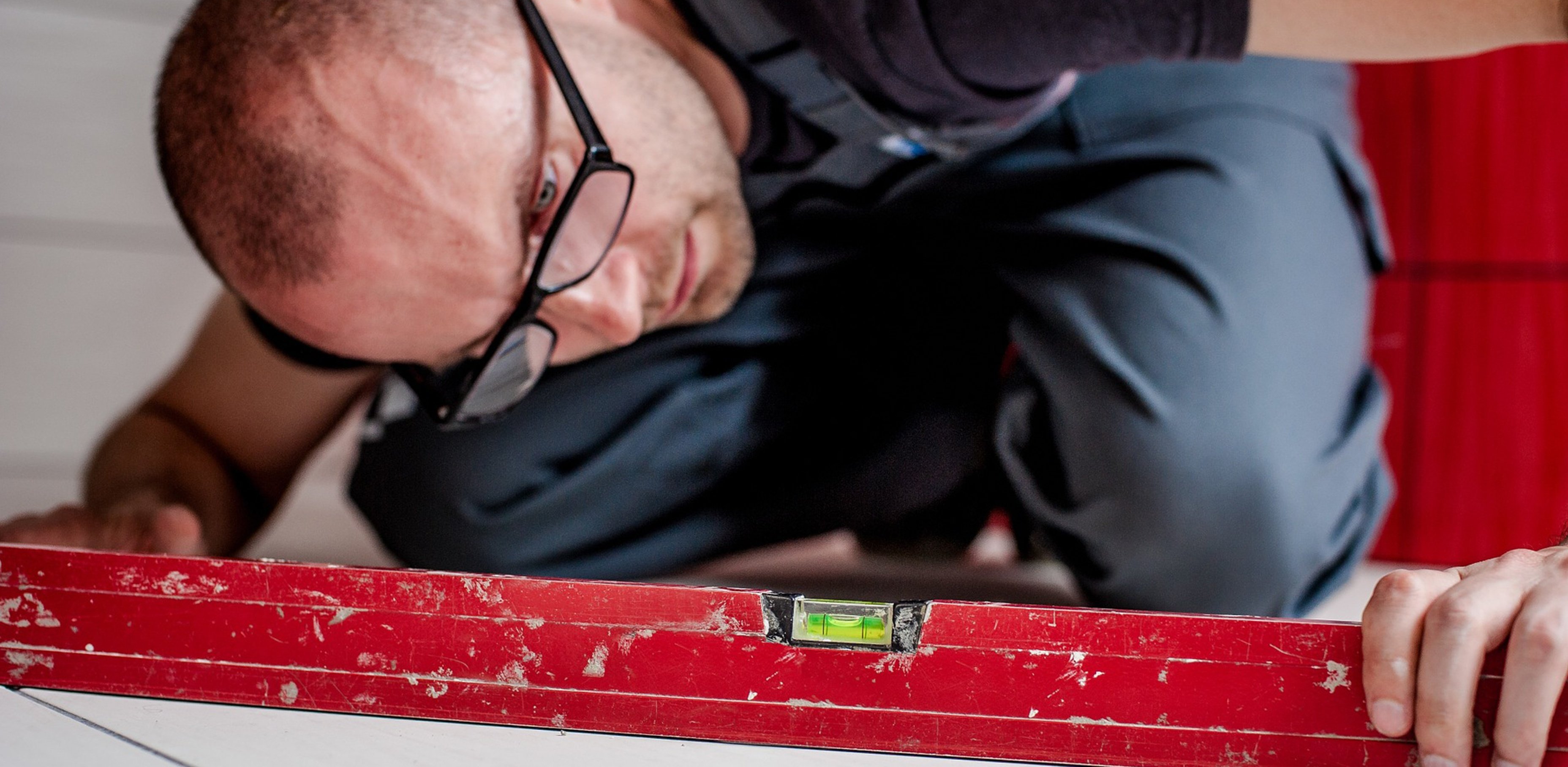
Top 5 "Best Implemented" PSM Processes
- A PSM Check-up
Recently, as a follow-up of our webinar series, you might have taken part in the Smith & Burgess' "PSM Check-up" industry survey. This article is a reality check on what areas the survey participants thought they were doing well in compared to OSHA PSM standards as defined in OSHA 1910.119. In addition to looking into historical findings that were defined by our numerous PSM audits, we have also included some statistics from OSHA NEP Citations/Violations along with reviewing the 804 Chemical Safety Board Recommendations. This helps us to ensure that our project PSM audit's results are consistent with regulatory findings.
We see quite often that outside reviews help a facility find the regulatory gaps in their PSM processes that may otherwise go unnoticed by the client's onsite staff. It is our hope that the following items will help you see that a properly executed PSM audit can shine a light in the areas that really could use a little TLC. This independent third-party audit is a proven way to find gaps in processes.
Read More
Topics:
Did You Know?
Spring Loaded Relief Valve Details: Valve Internals
A spring loaded relief valve is used in many applications to protect the over pressurization of vessels, pipes and containers. Conventional and balanced bellows relief valves are examples of spring loaded relief valves. Codes and standards like ASME, API,and ISO (to name a few) require that these relief valves are sized to have a relieving capacity that is sufficient to maintain the integrity of the system by preventing the internal pressure for exceeding the design limits. In general, the relief valve is designed and selected by the relief systems designer to meet process-engineering requirements.
Read More
Topics:
Did You Know?
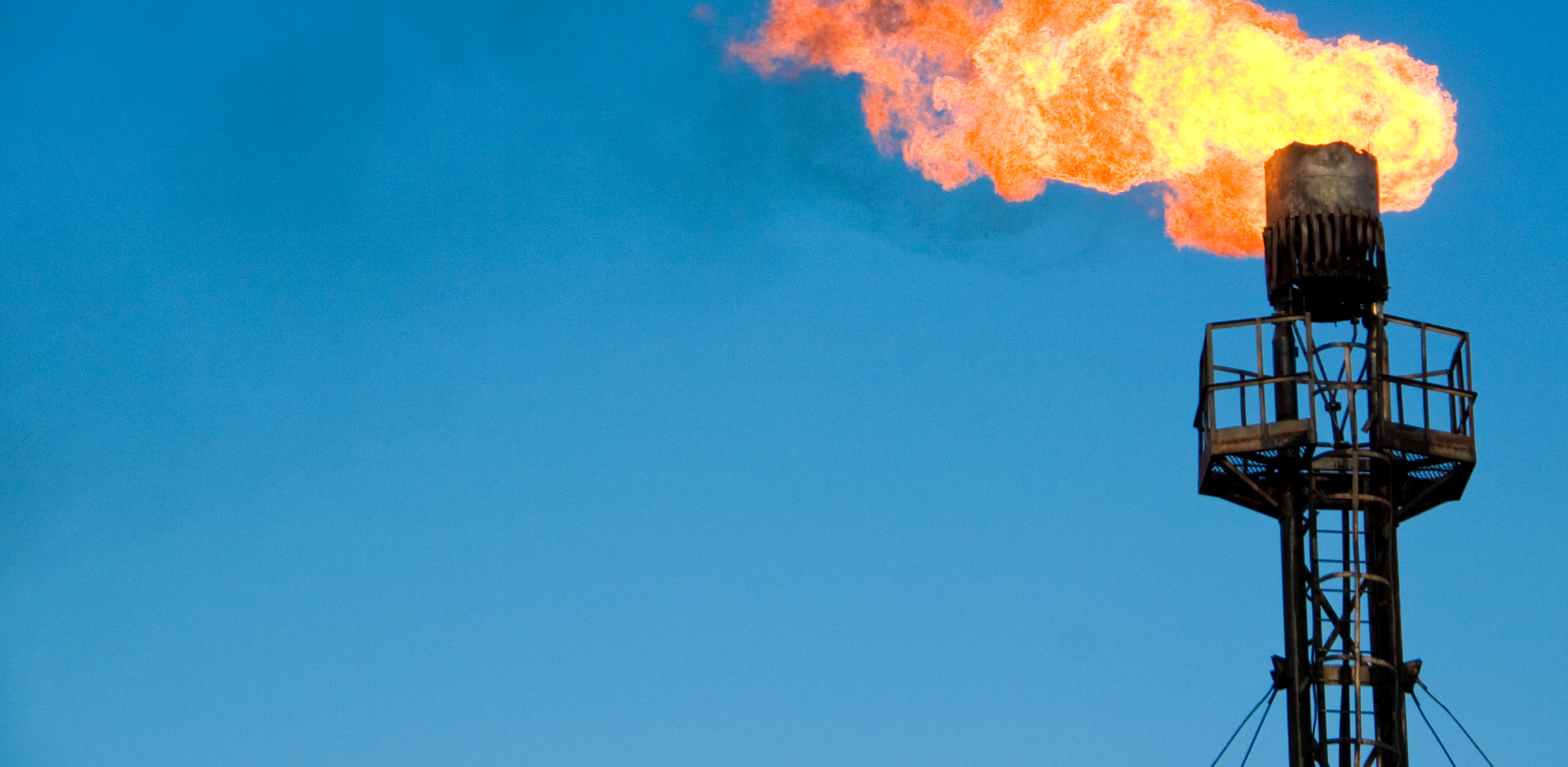
The Evolution of American Refining:
Refineries and petrochemical facilities today are faced with a choice: either increase efficiencies and throughputs or be put out to pasture. While the capacity of the average refinery has almost doubled in the past 30 years, per Energy Information Administration (EIA) data, the capacity of the average flare system generally has not. This is not a mere academic issue. In the US, the number of operating refineries dwindled from ~200 in 1985 to only 137 thirty years later (per the EIA); over the same thirty years, the total US throughput has increased by 25% (or significantly more depending on how you quantify the increase in complexity).
This growth in capacities and efficiencies is instrumental in succeeding amongst the rigors of a "keep up or be left behind" economy. Driven by major projects, these process changes include adding new equipment, changing existing processes, and creating more integrated heating and cooling.
However, during all the major project pushes, one thing is often lost, overlooked, or left for the last minute: integrating changes into the existing flare system and doing so in a manner that provides the maximum benefit to the organization.
Read More
Topics:
Did You Know?
#7) Relief Valve Database is Outdated Due to Changes in Process
So, you receive your relief valve data base from your Process Safety Consultant and just like a computer bought anytime in history, it is out of date before you open the box. Changes happen at a pretty high pace in most facilities. Dealing with Management of Change must include the effect of the change on the Relief System Database and documentation. Not keeping this documentation up to date makes your relief system documentation almost as valuable as that "new" computer.
TIP: Dedicate resources to keep this relief valve database up to date. These resources could be a team of process engineers, a dedicated relief system expert, or a Process Safety Consultant. Process Safety Consultants can provide this service on a T&M basis, so you only pay for what you use and they bring their experienced knowledge base to perform this function efficiently.
Read More
Topics:
Did You Know?
Did you know, When performing a flare header analysis, it is not uncommon to find pressure vessels that ride on the flare, i.e. they have an open path to the flare header?
These vessels are often degassing drums, maintenance knock out drums, or other similar equipment. While there are practically never any relief loads from these equipment contributing to the global scenarios we typically evaluate, it is still important to ensure that the pressure in the drum does not exceed the code allowable accumulation.
Read More
Topics:
Did You Know?,
Pressure Relief Valves,
Flare Header,
PRV,
Relief Header,
Flare Header Analysis
Did you know, under certain circumstances, you need to verify if the Cold Differential Test Pressure (CDTP) is properly compensated for the superimposed backpressure from the flare header?
Have you come across a conventional pressure relief valve relieving to a flare header? Did you know that, under certain circumstances, you need to verify if the Cold Differential Test Pressure (CDTP) is properly compensated for the superimposed backpressure from the flare header?
Read More
Topics:
Did You Know?,
Pressure Relief Valves,
Flare Header,
API 521,
PRV,
Cold Differential Test Pressure,
CDTP,
Relief Header,
Set Pressure
Did you know, a relief device in liquid service does not always mean that the device is liquid-certified?
Liquid-certified devices are mechanically designed and sized by an engineer to relieve liquid. Per UG-125 of ASME Section VIII, "Vessels that are to operate completely filled with liquid shall be equipped with pressure relief devices designed for liquid service, unless otherwise protected against overpressure."
Read More
Topics:
Did You Know?,
Pressure Relief Valves,
API 521,
PRV,
Liquid Service PSV

